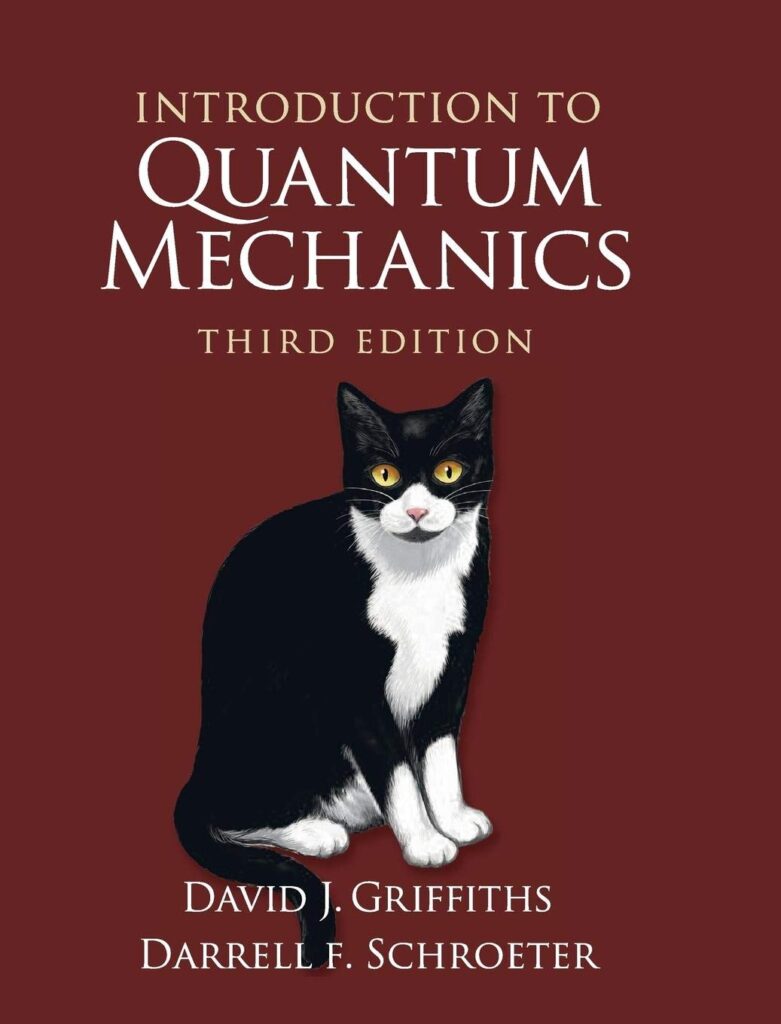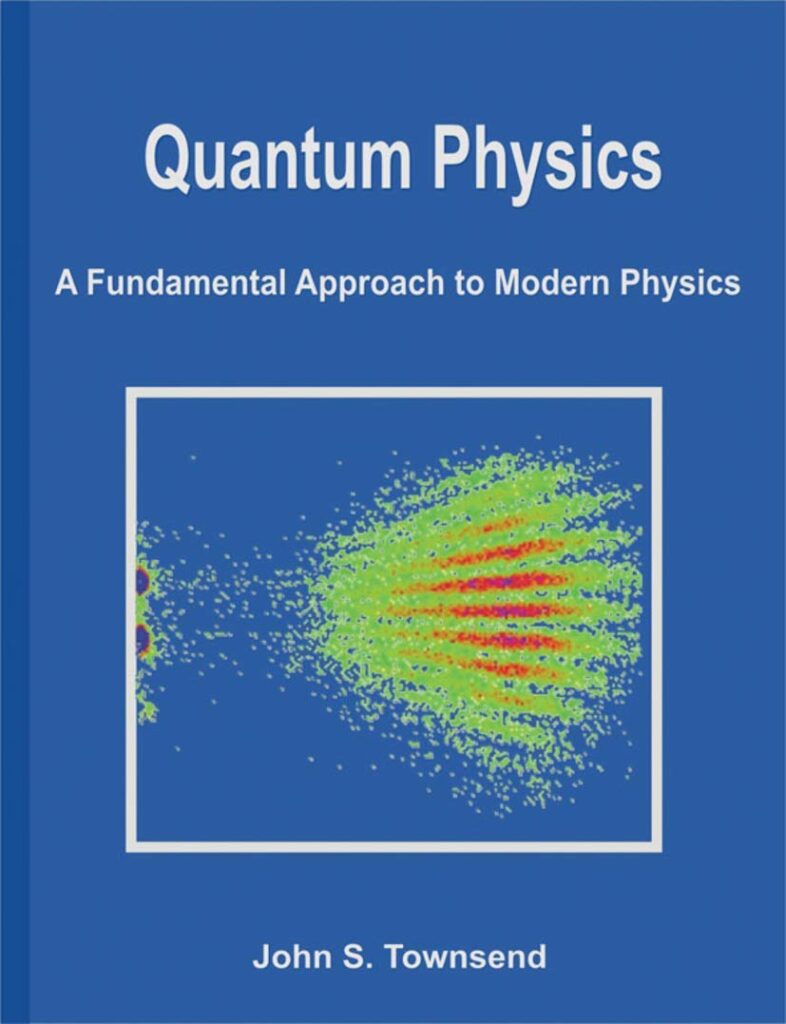What is Quantum Physics
We have spent a long time studying classical/Newtonian mechanics, and we will now delve into the a field: quantum physics. Quantum physics is the study of matter and energy at the most fundamental level, and how particles interact to make up the world. The course is divided into three parts. In the first part, we will introduce some basic concepts, such as the statistical interpretation of the wave function, the Schrödinger equation, Hermitian operators and inner products. We also discuss wave-packets, time evolution, Ehrenfest theorem and uncertainty. In the second part, we will delve into more details. In the third part, we will discuss about the 3-dimensional scattering theory.
Textbooks
The two textbooks we use are Introduction to Quantum Mechanics by David Griffiths and A Fundamental Approach to Modern Physics by John Townsend. The two textbooks cover same topics, but in different orders. The Griffths one is more advance in mathematics, and might be overwhelming if you don’t have enough background in mathematics. The Townsend one is better and easier to concept building. We will follow the textbook by Townsend for content order with supplementary materials from Griffiths.
Introduction to Quantum Mechanics(Griffiths, David J. )
- Text: Griffiths, David J. Introduction to Quantum Mechanics. Pearson Prentice Hall, 2004. ISBN: 9780131118928.
- Hardcopy: https://www.amazon.com/Introduction-Quantum-Mechanics-David-Griffiths/dp/1107189632

A Modern Approach to Quantum Mechanics (John Townsend)
- Text: John S. Townsend, A Modern Approach to Quantum Mechanics, 2000, University Science Books, ISBN:9781891389139
- Hardcopy: https://www.amazon.com/Modern-Approach-Quantum-Mechanics/dp/1891389785

Topics Covered
The topics covered are summarized in the table below. For each topic, supplementary notes are provided in LaTeX format, as updates may occur periodically. These notes can be downloaded as PDF files. However, all content on this website is protected by copyright. Please do not reproduce or redistribute the materials without prior permission.
Examples used in the notes are primarily drawn from the Townsend and Griffiths textbooks. Detailed correspondence, including which sections of each textbook align with specific chapters, is available on the webpage dedicated to each topic.
| Topic | Details |
| Wave Mechanics (Note) | • Atom Interferometry • Crystal Diffraction • The Schrödinger Equation • Physical Significance of the Equation • Wave Packets and the Uncertainty Principle • Ehrenfest’s Theorem |
| Time Independent Schrödinger Equation (Note) | |
| Principle of Quantum Mechanics (Note) | |
| Quantum Mechanics in Three Dimensional (Note) | |
| Solid State Physics (Note) | • The Band Structure of Solids |
| Nuclear Physics | • Notation and Introduction • Binding Energy |
Practice Problems
Practice problems are taken from textbooks. Detailed explanation are provided for each problem, and problem are assigned for each topic. All problems are labeled with question numbers taken from the textbooks, so you can refer back after solving questions.
- Chapter 6 solution (Townsend): here